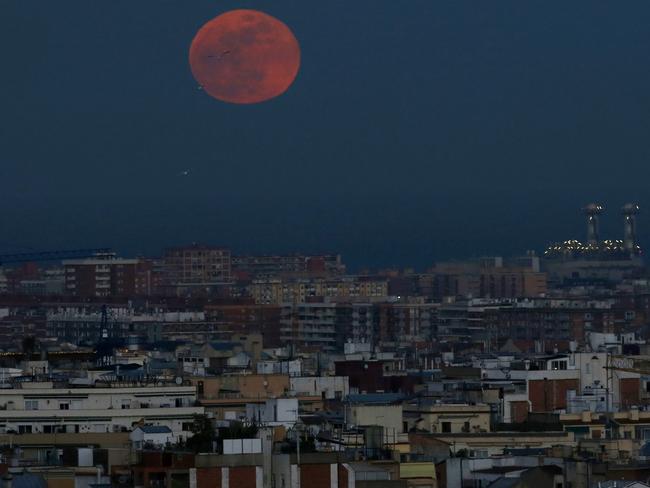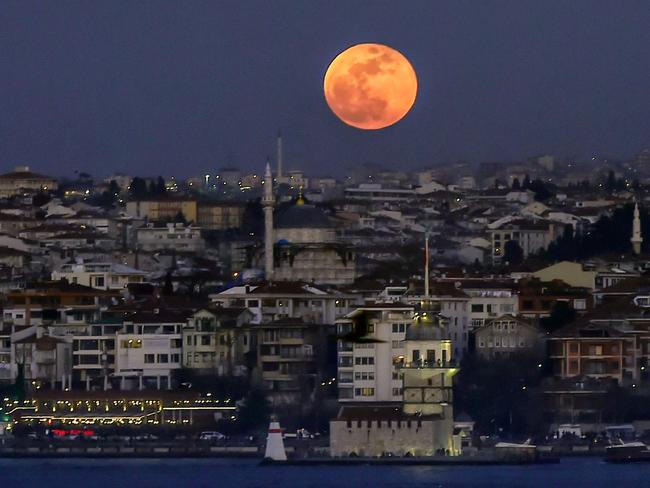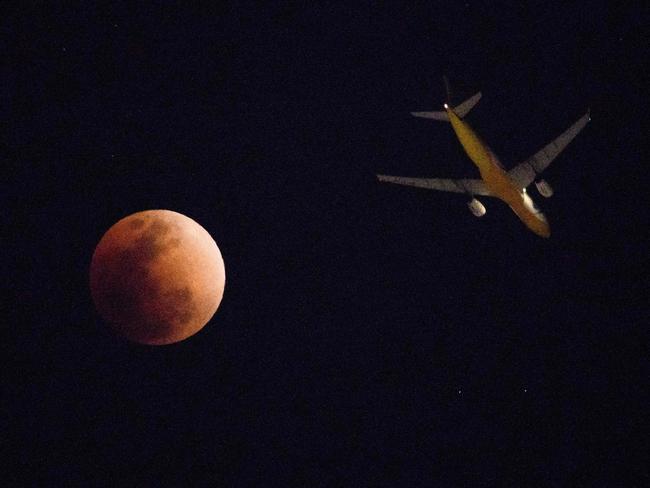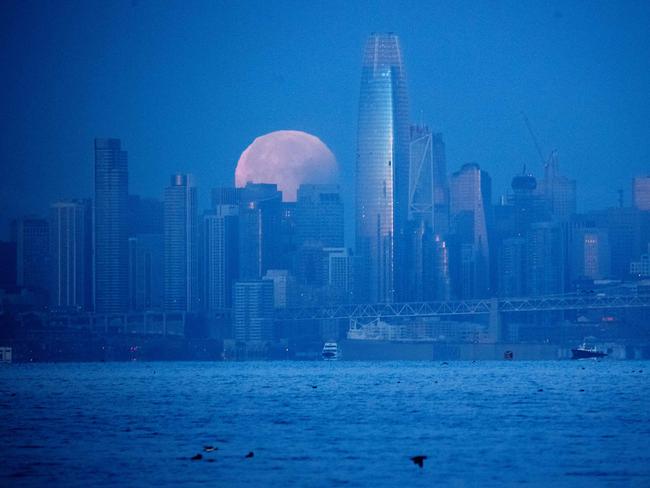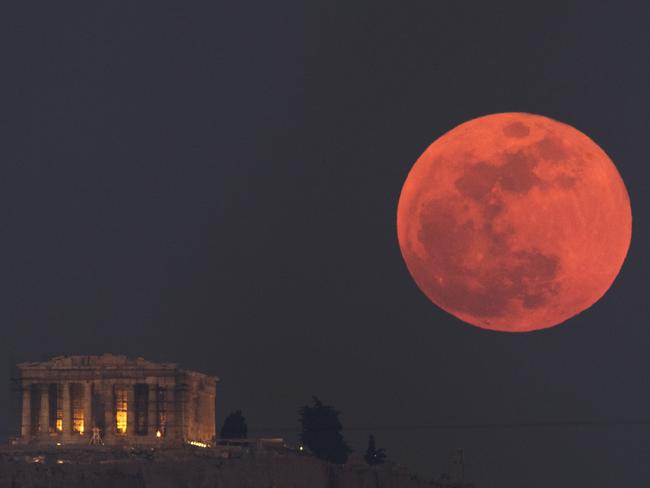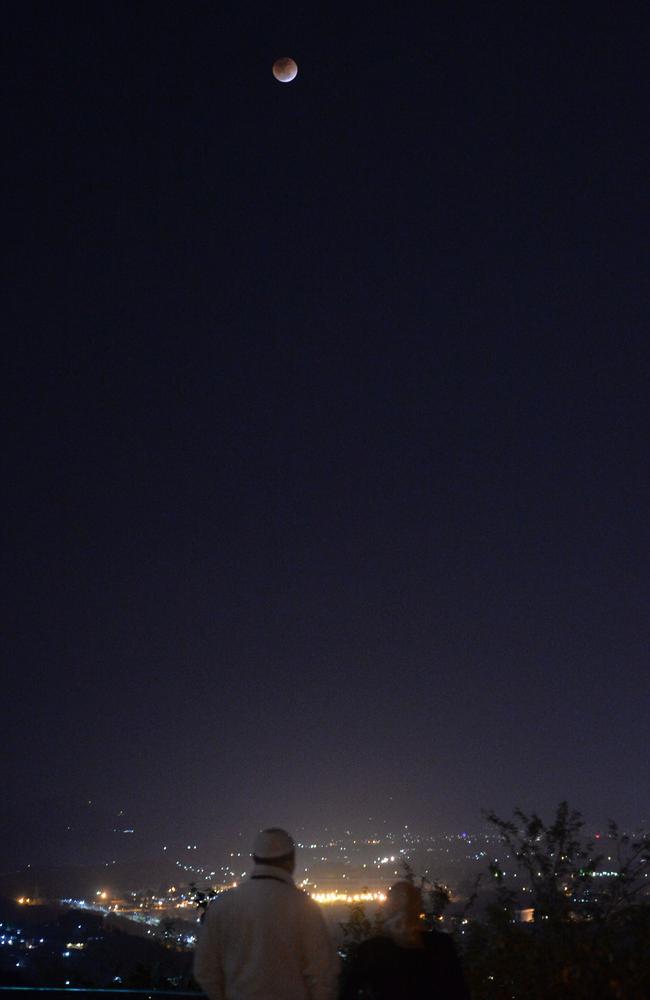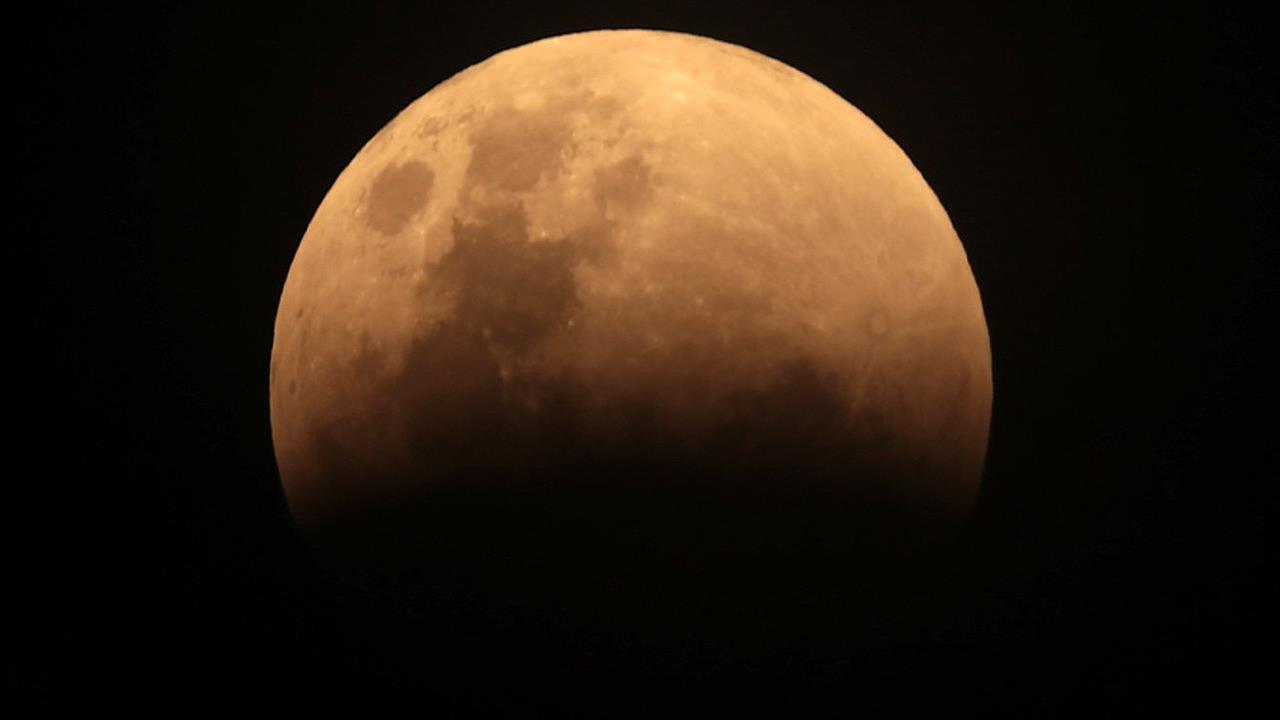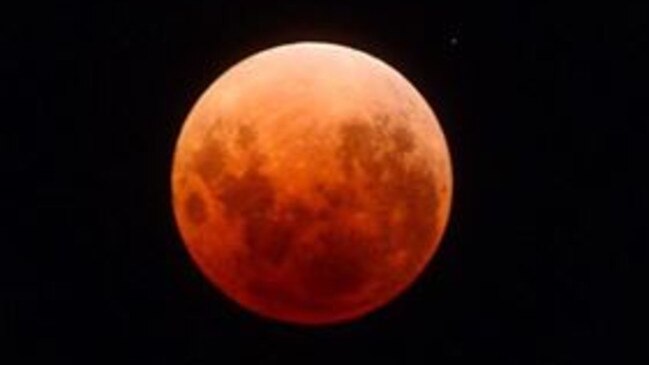Triple full moon lights up Victoria’s sky
THE triple full moon was in full flight across Victoria overnight as the world stopped to view the stunning lunar eclipse trifecta. See our reader photos and amazing images from around the world.
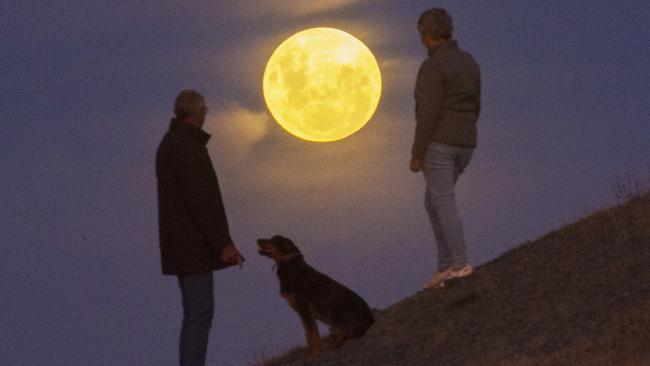
VIC News
Don't miss out on the headlines from VIC News. Followed categories will be added to My News.
THE triple full moon was in full flight in Victoria overnight as gazers watched the lunar eclipse trifecta in awe.
The total lunar eclipse, super moon and blue moon was an event not seen for more than 30 years.
‘SUPER BLUE BLOOD MOON’ STUNS STARGAZERS ACROSS AUSTRALIA
EVERYTHING YOU NEED TO KNOW ABOUT THE LUNAR ECLIPSE
‘HABITABLE’ PLANET FOUND 39 LIGHT TEARS AWAY
The stunning event took about three hours, finishing at 2am.
People living in Melbourne's east had one of the world’s best views of the rare event.
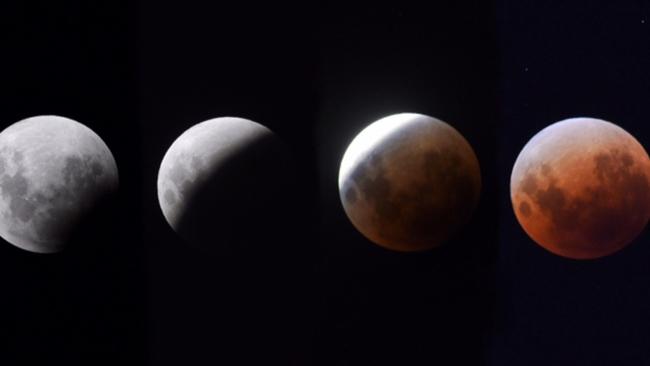
The moon here in Melbourne right now. #superbluebloodmoon pic.twitter.com/X9rqYPB9KY
— Nicola (@Little_Inkings) January 31, 2018
— Peter Bozinoski (@peterbozinoski) January 31, 2018
Woke my moon-obsessed daughter to watch the eclipse through a telescope in our street in Wantirna and managed to get a couple of pics in the process. pic.twitter.com/Av2VMsk0SG
— Lyndon Main (@LyndonMain) January 31, 2018
From Huon Hill in Wodonga pic.twitter.com/IunEfrG8Od
— North East Scanner (@nescanner) January 31, 2018
From Highett Victoria 🤗 pic.twitter.com/lYR2PyNq2r
— Patricia Kimtia (@PatriciaKimtia) January 31, 2018
From Camberwell #SuperBlueBloodMoon Australia pic.twitter.com/VEDsfJnRIe
— Jane Catania (@janecatania) January 31, 2018
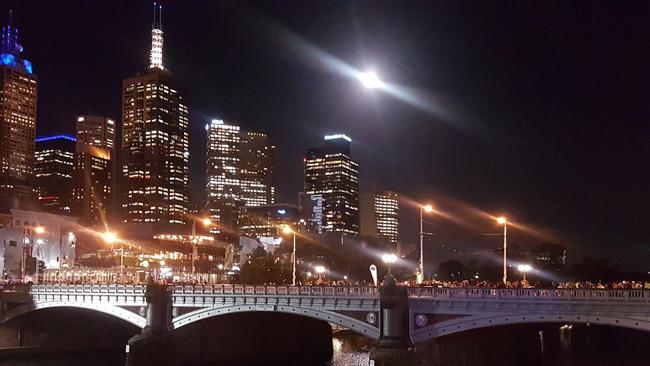
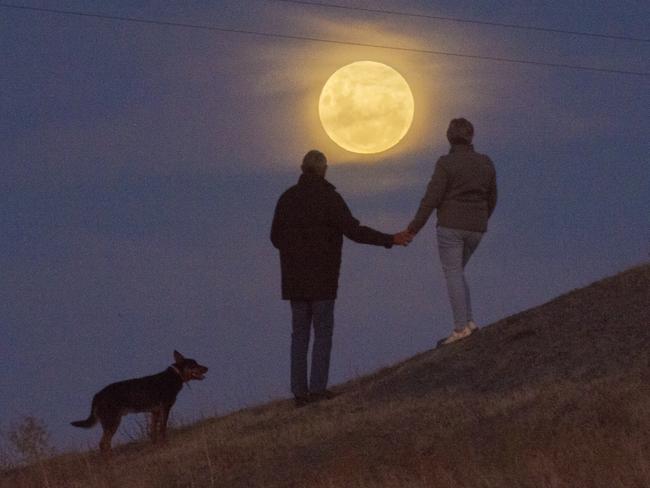
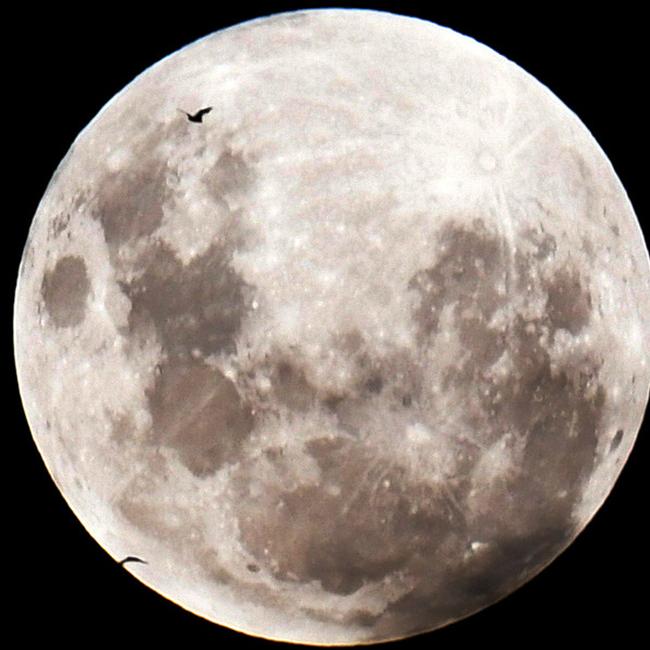
Bureau of Meteorology senior forecaster Rod Dickson said residents in Melbourne’s east had the clearest view in Melbourne.
A total lunar eclipse occurs when the full moon passes through Earth’s shadow.
While this type of eclipse is visible from anywhere on Earth (providing it is night-time), the duration is dependent on how close to moonrise or moonset it is when the eclipse starts in your location.
On average, this can be seen in Australia every 2.8 years.
STORMS ON THE WAY AFTER SWELTERING WEEKEND
This year we will be lucky enough to see two total lunar eclipses.
The next will take place in late July.
As it entered the depths of Earth’s shadow, the moon turned a deep red due to the Earth’s atmosphere interacting with the sun’s light.
This type of eclipse is known as a blood moon.
And ironically a blue moon isn’t even blue.
The term instead refers to when there is a second full moon in a calendar month.
Lastly, the supermoon part came into play because the moon was closest to Earth as it orbited around us.
While it loomed large in the sky it was still 360,198km away.
